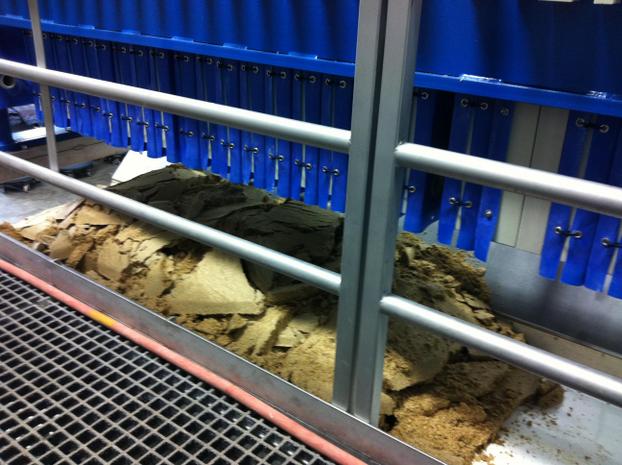
The mash filter is a simple pneumatic press. With a mash filter, HEBS users don’t use a screen. “We mix the grain and the water, however, the grain is ground much finer — we grind our mill to .45 thousands, which is basically equivalent to flour,” Morgan said.
This mash mixture is stirred thoroughly for 45 minutes while saccarafication occurs, and then the team begins to pump the mash into the filter. The filter is setup with a membrane and a companion. The membrane is equipped with essentially a water bladder that, when actuated, will squeeze the grain against the companion sheet and recover almost every drop of wort and doing so at a crazy high level of efficiency.
Morgan said they produce really brite worts, sitting at 91 to 93 efficiency for wort extraction.
“We could probably achieve higher rates, but we are not chasing extract at the moment,” he noted. IDD claims up to 98 percent extraction.
Bright beer tanks reviewed with Stone Brewing’s Mitch Steele
Rocks Brewing’s big time-saver comes from a 30 minute pass of the wort through the press and into the kettle.
“We have a 10 minute vorlauf step with approximately one-fourth of the mash going into the press, cycling wort back to the mash tun,’ Morgan said. “From there, we close the valve for the vorlauf and pump to the kettle. The key thing is as the mash starts to populate the chambers and it runs off and into the kettle at the same time in 20 to 30 minutes.”
The mash is thin, depending on the amount of grist — a 5.5-7:1 liquor to grist ratio enables it to pass through the diaphragm pump to the filter. For Rocks, standard mash in is 1800-l, and then 600-l is passed through as a sparge.
“With that step done, we run the squeeze, which means the press chambers fill with water and literally squeeze the malt. We end up with a near dry biscuit of grain with little retained water or heat,” Morgan said. “From there, we are at boil within 15 to 20 minutes of the kettle being full, and the process is as normal.”
This type of system also allows for higher amounts of gelatinous grains like rye and wheat, which has brought out creative beers from Coachella Valley Brewing Company, like a wheat/rye wine composed of 96% rye and wheat.
“We regularly run various citrus, dates, berries, yams, pumpkins, nuts and lots of other fruits and vegetables through our mash filter,” Anderson said.
Staff, production improvements
Squeezing more production in a more concentrated period of time creates staff flexibility as well. Coachella Valley Brewing Co. currently runs with two brewers and a cellarman for its 7,500 bbls on two brewing days a week — brewing five batches in a day. Rocks Brewing brews between five to 12 batches a week, using its mix of 40- and 60-hl tanks to brew a single or double into a 40-hl tank, and a double or triple batches into a 60-hl tank.

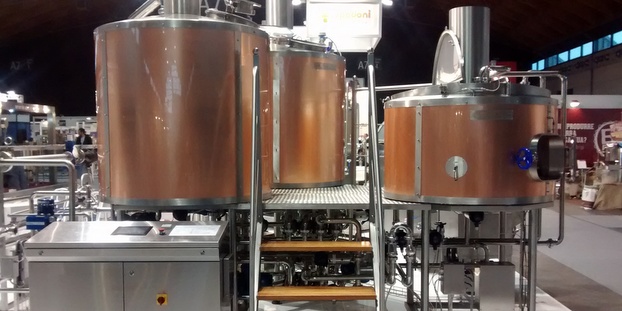
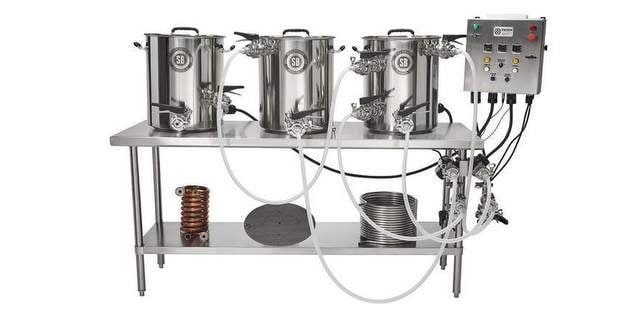
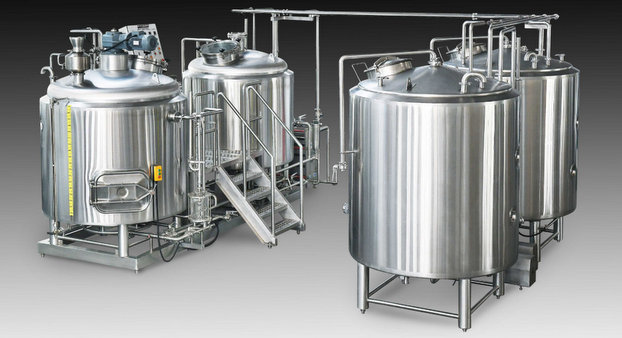
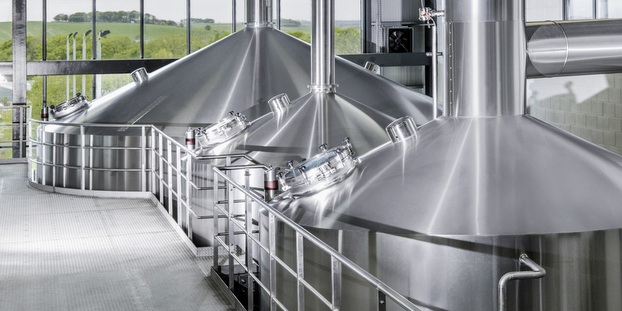
Dale Lewis liked this on Facebook.
Carter Baptiste liked this on Facebook.
Keith Allen liked this on Facebook.
Jared Read liked this on Facebook.
Alexander Couch liked this on Facebook.
Jeff King liked this on Facebook.
Otter Bank Danni Trap
is it nearly mini macro brewing?
I think we could make up something like that out of a few dairy tanks!
Jeff Platt liked this on Facebook.
Craft brewers discuss power of high efficiency brewing system http://t.co/N2KXFPdCPc via @craftbrewingbiz